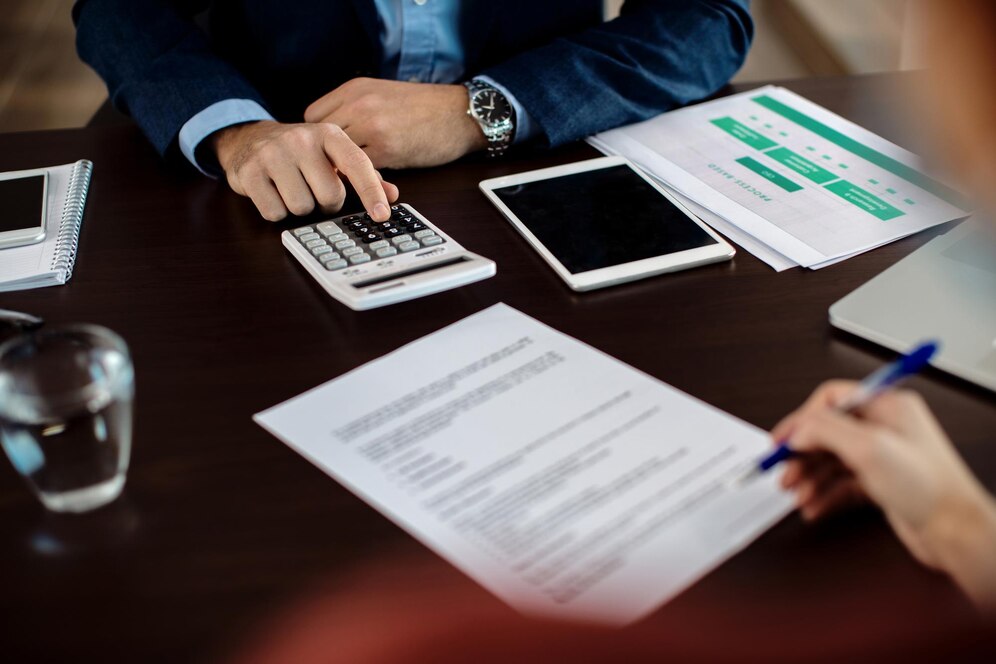Emergency Funds & Debt Settlement: Building Security While Paying Down Debt
The financial tightrope of paying off debt while also trying to build an emergency fund can feel incredibly precarious. It’s a common dilemma: where do you focus your limited resources? At Settle Loan, we understand the delicate balance required. We’re here to guide you through a practical approach to building a safety net without derailing your debt repayment journey. It’s not about choosing one over the other; it’s about finding a sustainable strategy that addresses both your immediate and future financial needs.
The Urgent vs. The Important: Understanding the Dual Priority
Debt repayment often feels like an urgent matter, demanding immediate attention. However, neglecting your emergency fund can leave you vulnerable to unexpected expenses, potentially setting you back further. The key is to recognize that both goals are important and require a balanced approach.
The Strategy: Finding the Right Balance
- Start with a Small Emergency Fund: Instead of aiming for the recommended three to six months’ worth of expenses immediately, begin with a smaller, more manageable goal. Even ₹50,000 or ₹1,00,000 can provide a buffer for unexpected costs.
- Prioritize High-Interest Debt: Focus your efforts on paying down high-interest debt, such as credit card debt, as quickly as possible. This minimizes the amount of interest you accrue and frees up more funds for your emergency fund later.
- Use the Debt Snowball or Avalanche Method: Choose a debt repayment method that works for you. The snowball method focuses on paying off the smallest debt first, while the avalanche method targets the highest interest rate debt.
- Allocate a Small Portion to Savings: Even while aggressively paying down debt, allocate a small percentage of your income to your emergency fund. Every little bit counts, and consistently saving small amounts builds momentum.
- Automate Your Savings: Set up automatic transfers from your checking account to your savings account. This removes the temptation to spend the money and ensures consistent savings.
- Cut Back on Non-Essential Expenses: Identify areas where you can cut back on non-essential expenses, such as dining out or entertainment. Redirect those funds towards debt repayment and your emergency fund.
- Increase Income (If Possible): Explore opportunities to increase your income, such as freelancing, selling unused items, or asking for a raise. Any additional income can be split between debt repayment and your emergency fund.
- Reassess Regularly: Regularly reassess your progress and adjust your strategy as needed. As you pay down debt, you can allocate more funds to your emergency fund.
The Importance of Flexibility: Adapting to Change
Life is unpredictable, and your financial situation may change. Be flexible and adjust your strategy as needed. If you encounter an unexpected expense, don’t be afraid to temporarily pause your debt repayment to replenish your emergency fund.
The Human Element: Staying Motivated and Patient
Building an emergency fund while paying off debt requires patience and perseverance. Celebrate small victories along the way and stay focused on your long-term goals.
Settle Loan: Your Partner in Financial Wellness
At Settle Loan, we’re dedicated to providing you with the knowledge and resources to achieve your financial goals. We’re here to support you in your journey towards financial security.
In Conclusion: Finding Balance and Building a Secure Future
Building an emergency fund while paying off debt is a challenging but achievable goal. By finding the right balance, prioritizing high-interest debt, and consistently saving, you can create a safety net and achieve financial stability. Remember, every step you take towards financial responsibility is a step towards a more secure and fulfilling future.
Contact Us today to get expert advice on managing your debt and building financial security.



